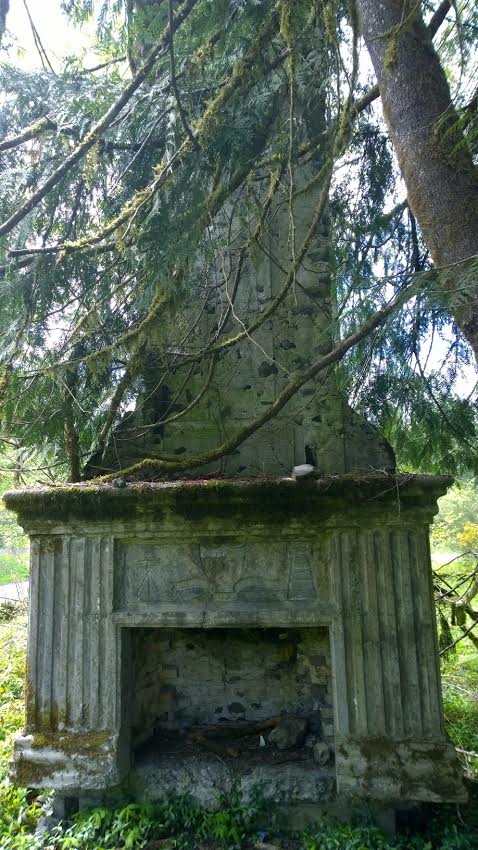By Morf Morford
Tacoma Daily Index
You might have a picture in your mind of ghost towns – rows of squarish, wood-framed buildings standing like forlorn remnants of the gold rush surrounded by dust and tumbleweeds. Needless to say, none of those stereotypes hold true in the Pacific Northwest, but we do, even here in Pierce County, actually have quite a few ghost towns. There are many more across the state.
Some of these early settlements have been swallowed up by the accumulating waters of dams (like the town of Alder, near Elbe), absorbed by more recent development (like Hillhurst, just off Spanaway Loop Road, Index and Sultan, both off Highway 2, and Oysterville, on the Long Beach Peninsula).
Some of these historic towns have been revived and restored primarily as historic communities. A few of these are Maryhill, Port Gamble, Port Ludlow, Riverside, Roslyn, near Cle Elum (the setting for the TV series Northern Exposure).
And some, lost forever to the ravages of time, weather and neglect like Ruby, in 1892 the only incorporated town in Okanogan County (and for about a year, up until 1914, the county seat) and Northport (on the Columbia River near the Canadian border).
We also have our own utopian (some say anarchist) community, Home, across Puget Sound from Tacoma (http://harborhistorymuseum.blogspot.com/2014/06/home-washington.html).
Pierce County’s ghost towns, like most, lived and died based on the resources – and jobs – that the surrounding environment provided. White settlement in Pierce County was primarily based on two elements; timber and coal. As we all know, in Pierce County, trees are almost everywhere. But the biggest were up in the mountains. That is also where the coal was.
There is a string of abandoned coal and timber company towns along the Carbon River; Fairfax, Melmont and Pittsburg (did you know there once was a Pittsburg in Pierce County?) and a few towns from that era still exist, like Wilkeson, Carbonado and Burnett.
Fairfax and Melmont were both flourishing towns (with populations of several hundred) and had their own schools. But when the coal market collapsed (late 1920s and early 1930s), both towns were abandoned or demolished leaving behind little except the Fairfax Bridge (which leads to the Carbon River entrance to Mt. Rainier National Park) and the Melmont trail (an unpaved bike trail along the Carbon River). Remnants of the town can still be seen (http://www.wta.org/go-hiking/hikes/melmont-ghost-town-hike).
The remains of Fairfax can also be seen – if you are persistent. Here is a good place to start – https://visitrainier.com/fairfax-ghost-town-2/.
Some abandoned towns took on a new life and identity. One of these is Holden (on Lake Chelan, now called Holden Village) which has been converted into a Lutheran retreat center (http://www.holdenvillage.org/).
Pioneer towns got their names from all kinds of sources; some were derivations of Native names, some (like Roslyn) were named after wives or girlfriends, and some, like Bucoda, emerged from segments of the names of the founders (in this case, BUckley, COulter and DAvid.
In short, there are many unexplored or little known corners of Pierce County. Some are celebrated with parades or events (like Wilkeson – http://www.townofwilkeson.com/wilkeson-days/) or have tiny museums, like Anderson Island (http://anderson-island.org/hs/farm.html), Vashon Island (http://www.vashonhistory.org/museum.html) and many other small towns and communities around the state (https://en.wikipedia.org/wiki/List_of_museums_in_Washington).
If you are not in the mood for an extended stay, or if you just want to know more about the area you live in, you can find a wealth of opportunities for exploration within reach.


Photo by Morf Morford








